In the previous Marketing Archaeology blog post, we introduced you to the National Register of Historic Places (NRHP)-eligible Armstrong Site and the associated current Pennsylvania Turnpike Commission (PTC) road reconstruction and widening project .
Need a quick refresher?
In 2013, PTC initiated a project to widen the PA turnpike in Allegheny County that required environmental review by the PA SHPO under Section 106 of the National Historic Preservation Act. As part of the review process, project consultants identified a recorded 12 archaeological sites in the project area. One site, the Armstrong Site, was determined eligible for listing in the National Register of Historic Places, and it would be adversely impacted by the proposed construction.
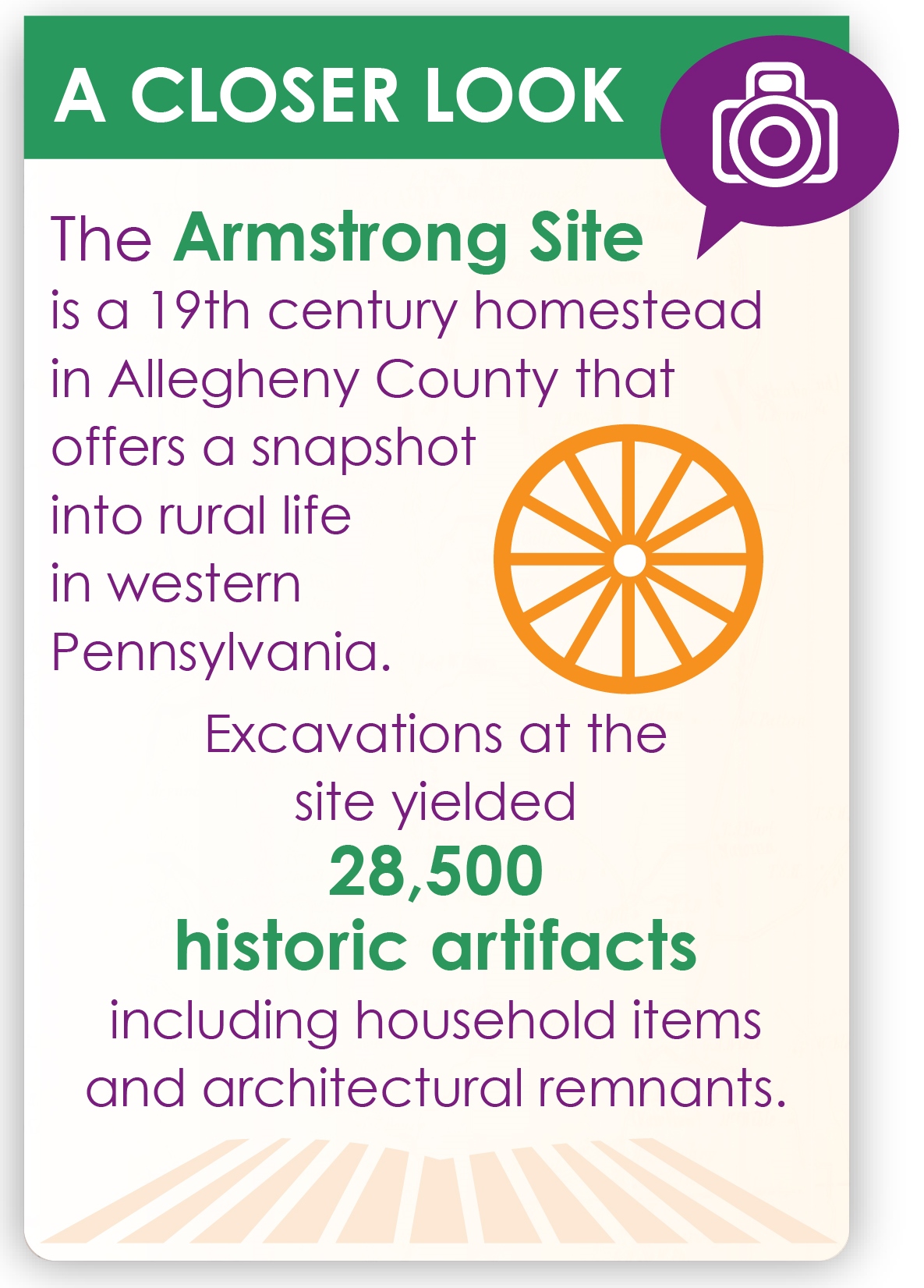
Archaeological investigations discovered clues about 19th century Pennsylvania farm families.
As part of the mitigation for impacting this archaeological site, PTC and the PA SHPO agreed to develop a printed brochure to share the history of the site and the results of the archaeological excavations. The ultimate objective in sharing the site brochure (in print and digital formats) was to better understand how well and in what form public involvement information is spread. Results of the survey, open August 2016 to February 2017, identified effective digital media sources and offered insight for future public outreach.
Results
Here are some of the results from that non-scientific, 7-month survey:
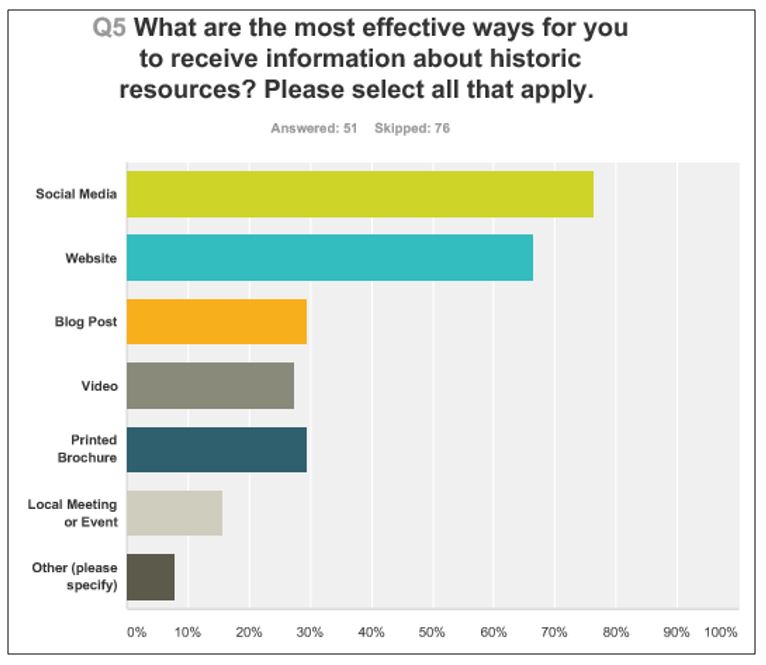
Digital information is the clear winner.
- Almost 80% of the 127 individuals who completed the survey indicated that social media was the most effective platform for distributing the Armstrong Site brochure. A Facebook post reached 93.5 percent of responders
- 2 individuals utilized a printed brochure.
- 89 percent (of 84 responders) identified with “White” ethnicity
- 48 percent (of 84) were between ages 45 and 64 and those 25 to 44 ranked second
- 84.6 percent (of 117) wanted to learn more about the Armstrong Site
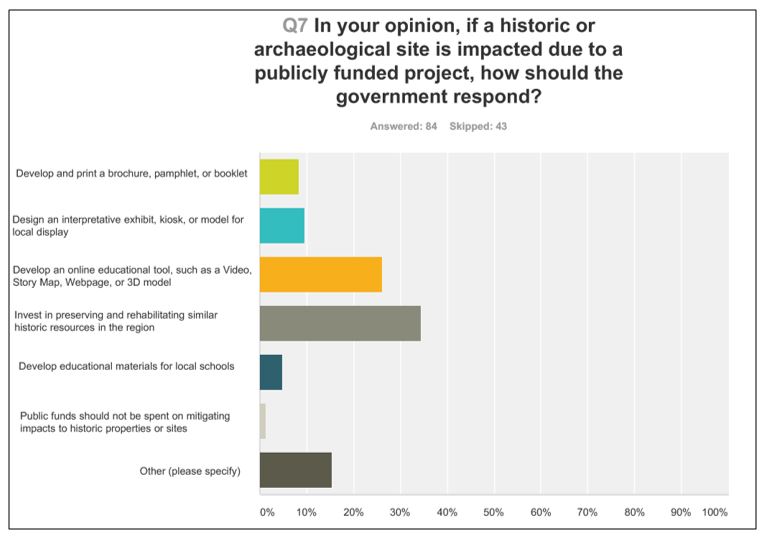
However, what does this data suggest about the original objective “to determine the effectiveness of brochures as public involvement tools”?
Clearly, digital media reached the most individuals of varying age in a quick and relatively inexpensive way. Digital posts can be accessed anywhere at any time and can be easily recalled. Unfortunately, posts reach only those with internet access or spare time to use the internet, they may get lost in daily internet posts, and some people still prefer printed material. A printed brochure can fill this need; however, the promotional efforts and printing costs must be considered.
So what else might work?
Survey respondent’s top recommendations for ways to communicate information about transportation projects and archaeology included:
- email/text alerts for local projects
- mailers
- stories aired on local television channels
- a website tailored for preservation projects
- road signs and billboards
How can preservation professionals and advocates put these suggestions into action?
McCormick Taylor recommends the following five actions based on responder’s suggestions:
Create billboards.
Have you ever seen an archaeology road sign, let alone one that large? Showcase a prized example of local preservation or general archaeological information. Regular exposure would likely trigger public interest, or, at the very least, would create informed commuters.
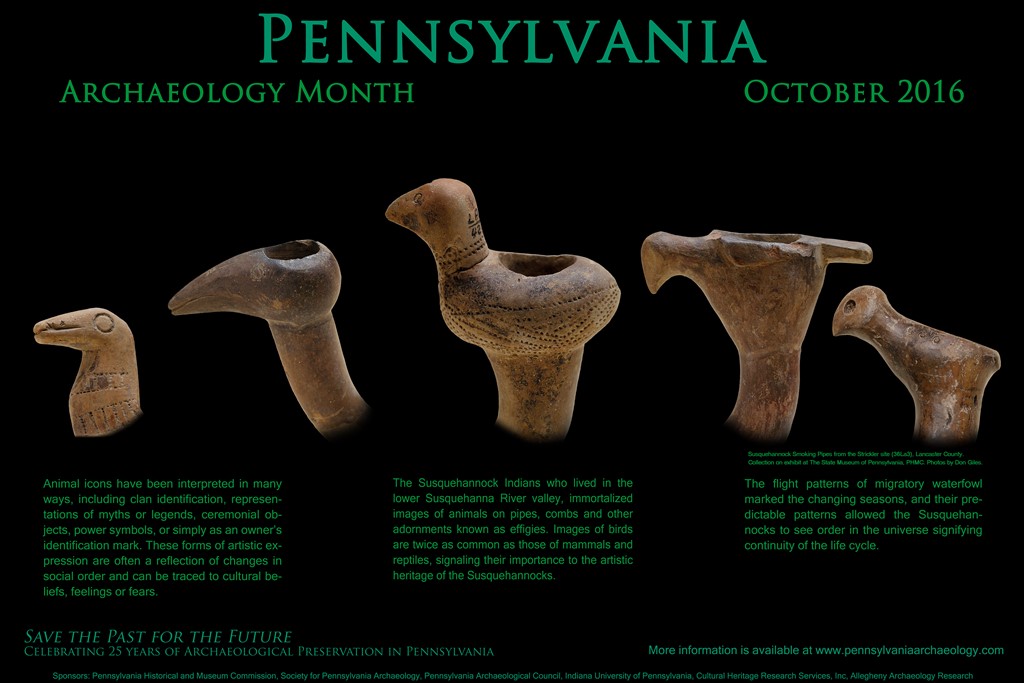
Imagine this on a billboard!
Image courtesy of the Society for Pennsylvania Archaeology (SPA).
Make regional transportation and preservation project information accessible.
Several websites exist that highlight state-wide preservation, transportation, and public archaeology projects. These include the Society for Pennsylvania Archaeology (SPA), ProjectPATH and the Pennsylvania State Historic Preservation Office Transportation agencies, municipalities, and project sponsors should include these links, at minimum, on their websites. The following parties could complete such a project:
-
- Consulting firms
- SPA Chapters
- Graduate students (as a thesis project)
An email or text alert could be sent when a project has been updated on the website, which would also provide agencies like the Department of Transportation with a permanent public comment space.
Request local business sponsors for monthly mailers on local archaeology, preservation projects, and speaker events.
In a brief format, this method reaches those who do not use digital or social media. It also builds community support through a non-industry platform. Appreciation for archaeology and historic sites at a local level may lead to more cooperation, interest, and understanding during agency-level cultural resources projects.
Audibly engage audiences through your local news channel.
Local news channels are more traditional than social media and are often family-friendly, a regular part of someone’s routine, and the featured stories are typically available online after the initial broadcast and therefore can be shared and revisited. The occasional jargon-free preservation story could focus on the discipline’s definition, areas of local historic tourism, and videos from active projects (with modified location information). This would help people to understand daily project tasks and the importance of recording historic and pre-contact sites and properties.
Create a Pennsylvania cultural resources/preservation podcast channel?
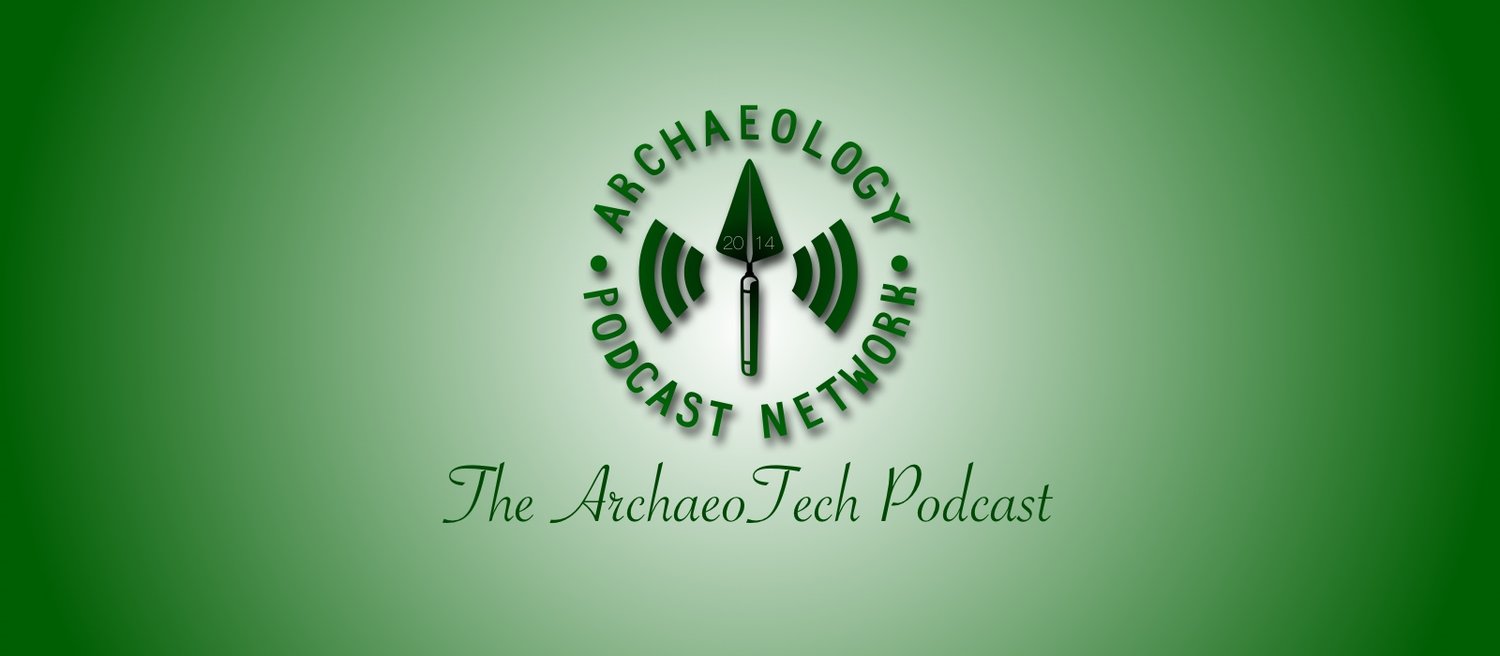
Podcasts like those on Archaeo Tech Podcast is one way to reach audiences.
- The Archaeology Podcast Network offers a variety of subjects, but what about a more local option? Narrated material and Byways booklets could be offered through the State Museum or local preservation websites.
- Potential topics include
- local projects
- agency-driven preservation project briefs
- artifact exhibits
- and guest speakers from local preservation/archaeology societies
Overall, the survey results indicated that most people are interested in digital information. Though useful, brochures are not a vital platform for most people.
Preservation professionals and advocates should attempt to use varying methods of communication and focus on providing easily read and accessible information. Preservation outreach tools must continuously change with new technology and audiences. As brochures and booklets become less engaging and effective, the best place to gather new ideas is simply by asking your audience.
This week’s post is by guest contributor McCormick Taylor.
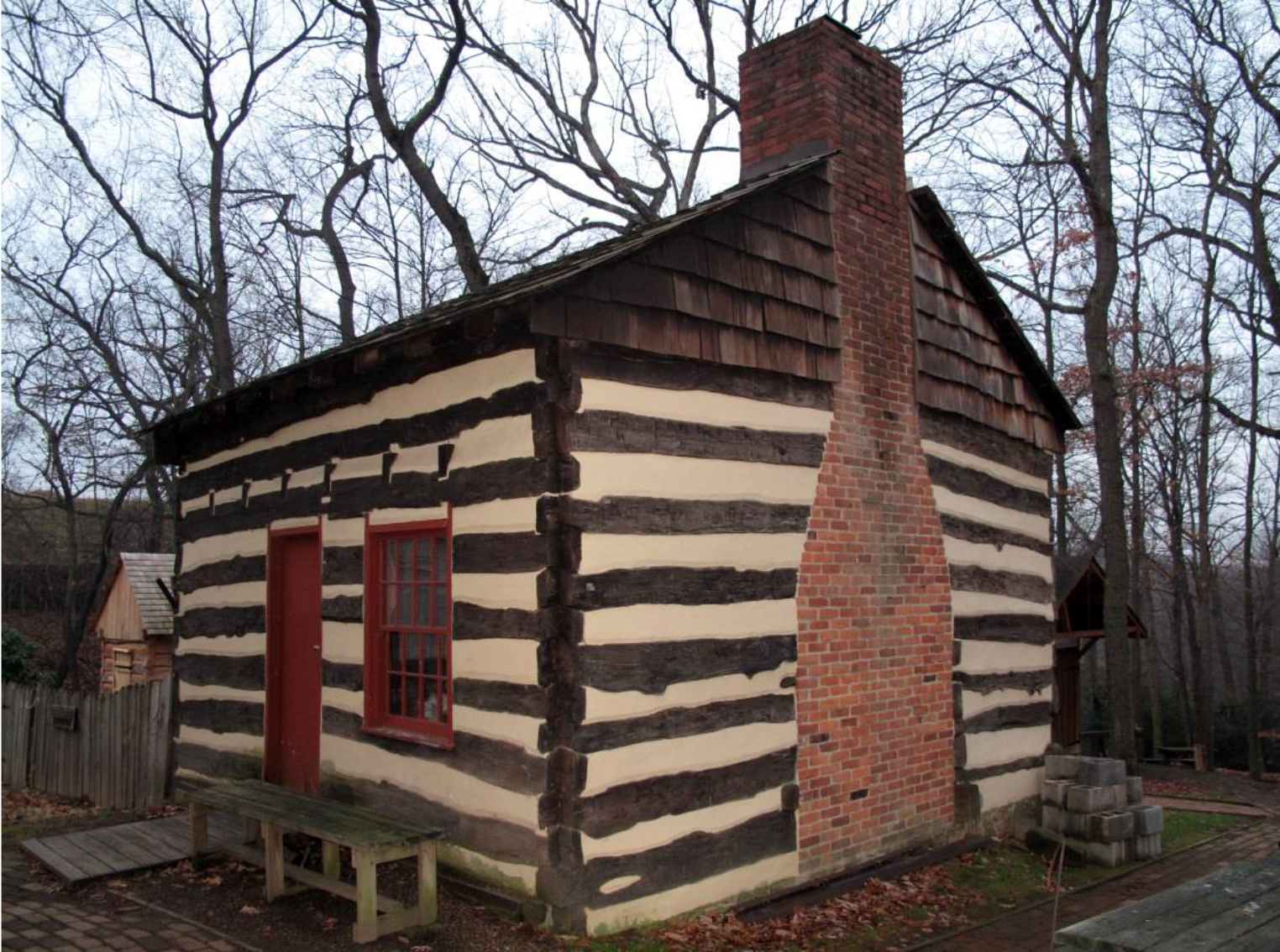
While billboards may afford an opportunity to engage the public, it should be noted that as per the National Highway Beautification Act, billboards are not allowed within right-of-way for limited access. There are also safety issues to providing information that would cause drivers to slow down, particularly on interstate highways. Finally, billboards are owned by private companies so there would be a cost to purchase their use.